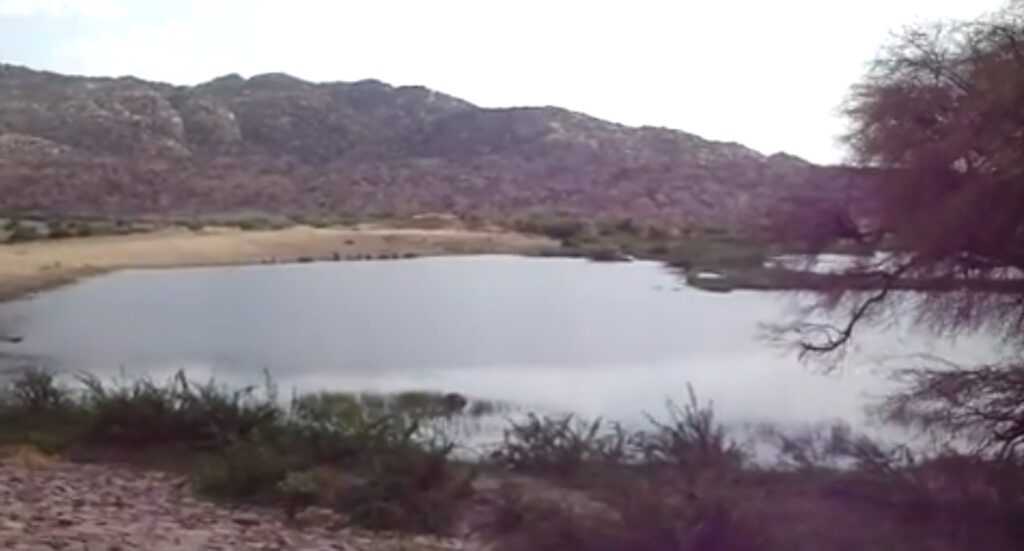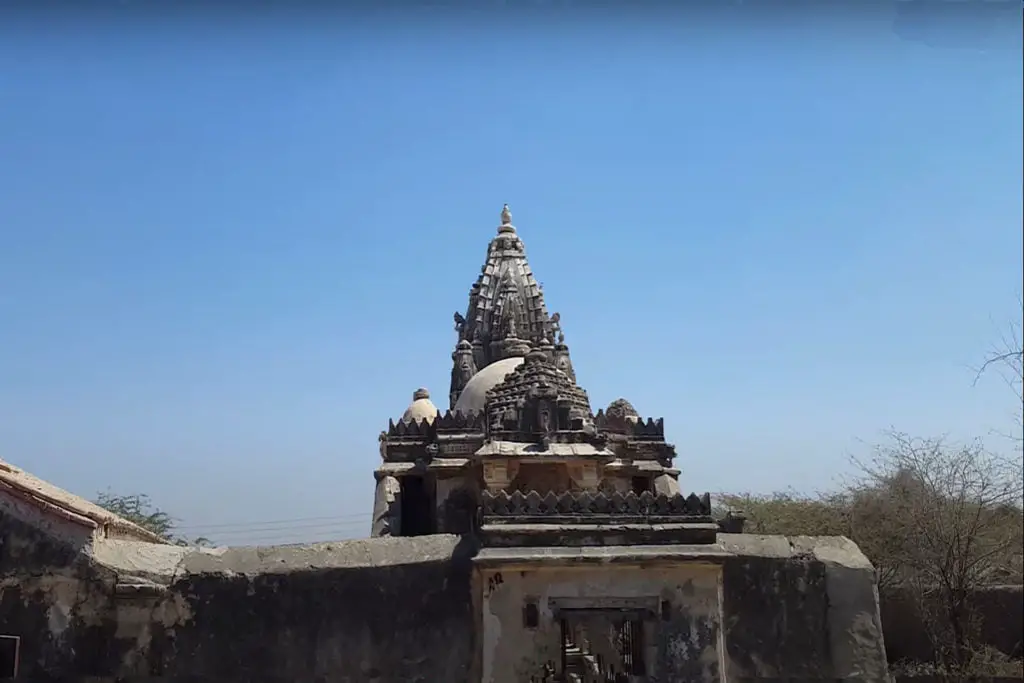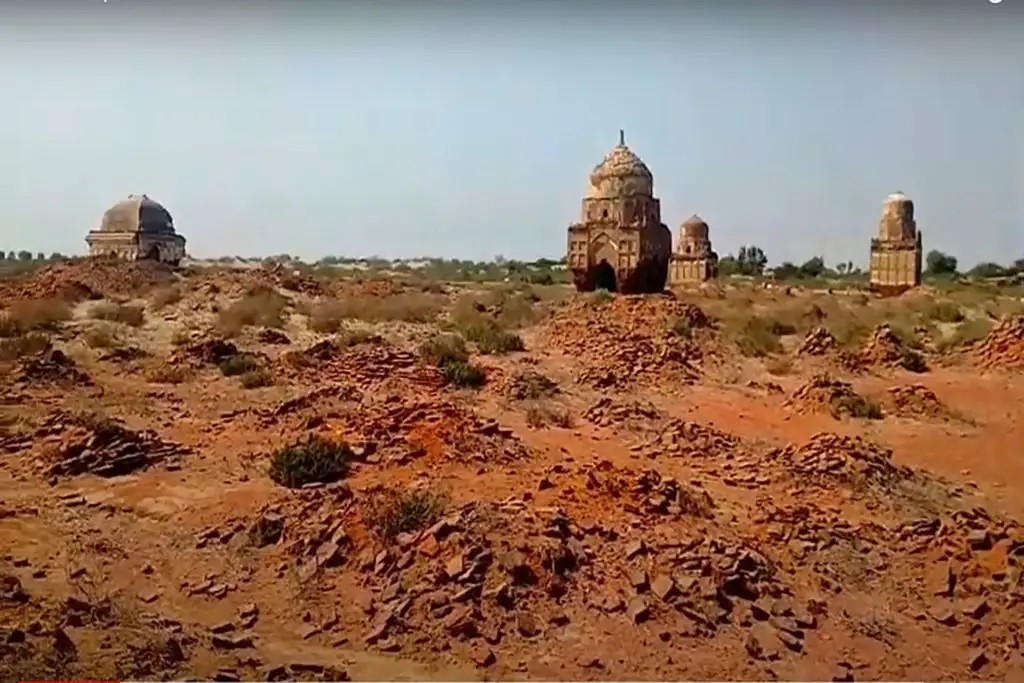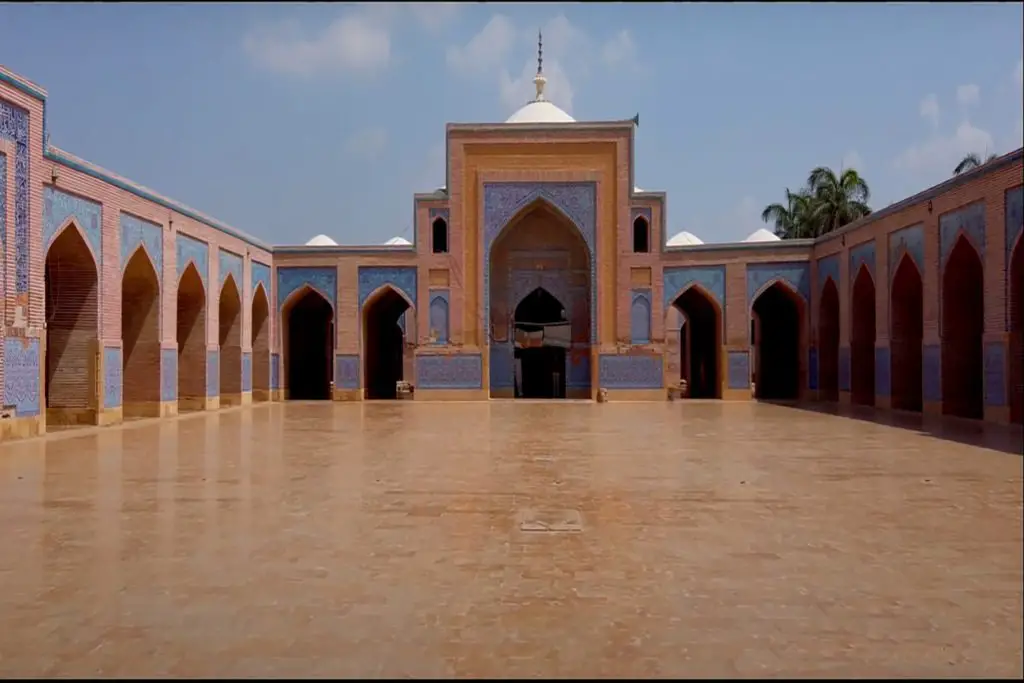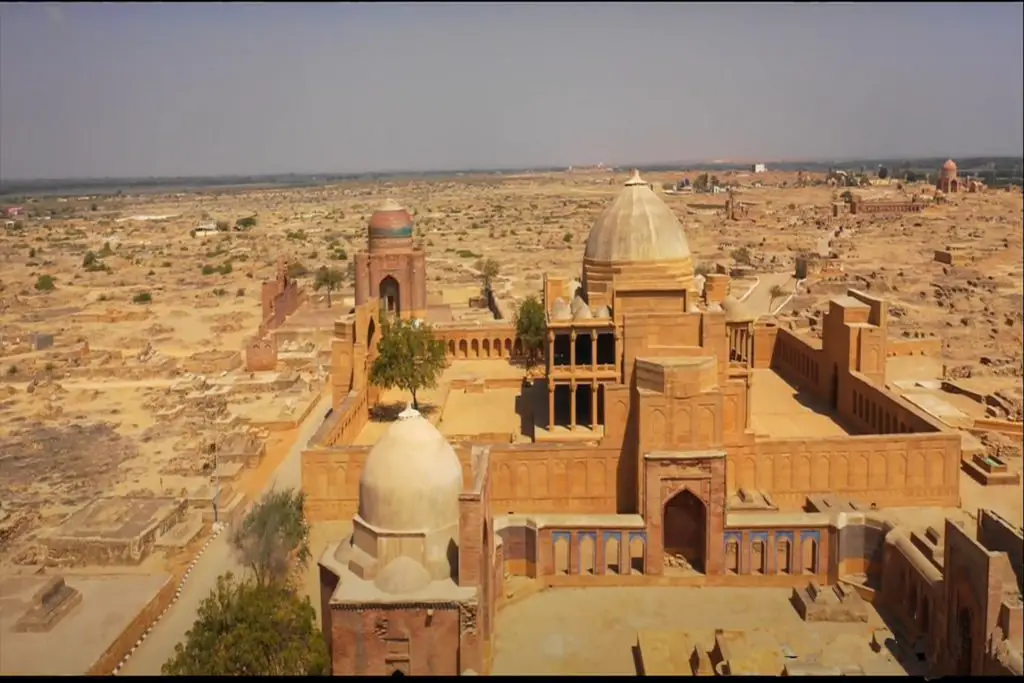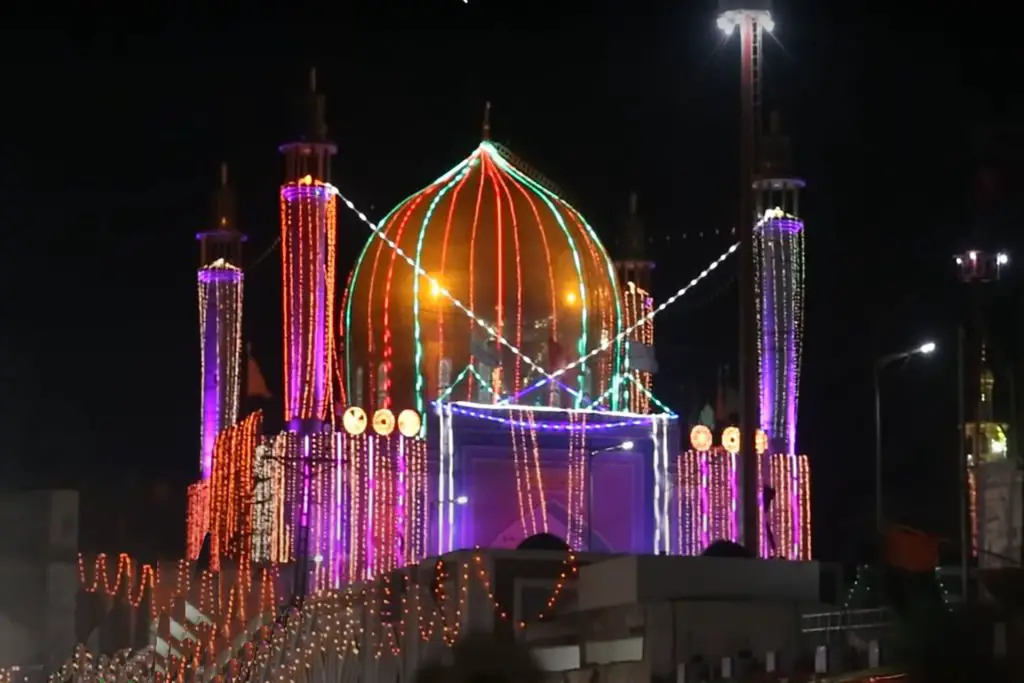Bhodesar Talao is a beautiful lake situated in the Karoonjhar Mountain Range of Nagarparkar in Sindh, Pakistan. It is a natural freshwater lake that is surrounded by lush green hills and is known for its crystal-clear waters. The lake is a popular tourist destination and attracts visitors from all over Pakistan and abroad.
Lake Bhodesar Talao Altitude and Area
Bhodesar Talao is located at an altitude of around 1,000 meters above sea level and covers an area of approximately 25 acres. The lake is fed by underground springs and is believed to be more than 500 years old. It is surrounded by a dense forest of babool trees, which provide shade and shelter to a variety of wildlife, including birds, reptiles, and mammals.
The lake is an ideal spot for picnics and camping and offers a range of activities such as fishing, boating, and swimming. Visitors can also go on a leisurely walk along the lake’s shore and enjoy the serene surroundings. The lake’s tranquil waters are perfect for taking a dip on a hot summer day or for simply relaxing and soaking up the sun.
Historical Significance of Bhodesar Dam Lake
Bhodesar Talao is also of historical significance as it is said to have been the site of a major battle between the local Thari tribes and the invading Mughal army. The lake is believed to have served as a source of water for the Thari warriors during the battle, which took place in the 16th century.
The lake has a unique ecosystem and supports a wide range of flora and fauna. The lake’s waters are home to several species of fish, including the mahseer, which is a popular game fish. The surrounding hills are home to a variety of birds, including the Indian peafowl, partridges, and doves.
Bhodesar Mosque

Bhodesar Mosque stands as a testament to the unique architectural fusion that emerged from the interplay between Islamic and Jain traditions. Built in 1505 CE by Sultan Mahmud Begada of Gujarat, this white marble mosque showcases a captivating blend of influences from nearby Jain temples.
There are some graves also near the Mosque. These graves are also believed to be as old as the mosque.
Historical Background: The Bhodesar Mosque dates back to the 16th century and was commissioned by Sultan Mahmud Begada of Gujarat. Its construction in the Tharparkar District reflects the cultural and historical connections between the regions of Sindh and Gujarat during that era.
Architectural Influences: The most striking aspect of the Bhodesar Mosque is its architectural synthesis, combining elements from Islamic and Jain traditions. The influence of nearby Jain temples is evident in various aspects of the mosque’s design, including the central dome, pillars, and decorative elements along the roofline.
Central Dome: The central dome of the Bhodesar Mosque is reminiscent of the domes found in Jain temples. Its elegant and symmetrical design adds to the mosque’s aesthetic appeal and reflects the harmonious integration of different architectural influences.
Square Edifice: The mosque’s square-shaped edifice, measuring 9.2 meters on each side, provides a solid and stable foundation for the structure. This square layout is a departure from the typical rectangular or quadrilateral plans commonly seen in Islamic architecture, further highlighting the influence of Jain temple architecture.
Pillars and Archways: The pillars within the Bhodesar Mosque showcase elements of Jain architecture. Intricate carvings and decorative motifs adorn these pillars, displaying a fusion of Islamic geometric patterns and Jain artistic traditions.
Decorative Elements: The roofline of the Bhodesar Mosque features decorative elements inspired by Jain temples. Delicate and ornate designs adorn the edges of the roof, showcasing the skill and craftsmanship of the artisans involved in its construction.
Cultural Synthesis: The Bhodesar Mosque stands as a symbol of cultural synthesis, where Islamic and Jain architectural traditions interweave to create a unique and harmonious structure. It reflects the cultural exchange and tolerance that existed during the time of its construction.
Preservation and Heritage: Efforts are underway to preserve and protect the Bhodesar Mosque as a valuable cultural heritage site. Its significance as a remarkable architectural fusion attracts visitors who appreciate its historical and artistic importance.
The Bhodesar Mosque in the Tharparkar District of Sindh, Pakistan, serves as a remarkable example of architectural harmony and cultural fusion. By seamlessly blending elements of Islamic and Jain architectural styles, this mosque stands as a testament to the interwoven history and artistic traditions of the region. The Bhodesar Mosque not only embodies architectural beauty but also reflects the spirit of cultural exchange and coexistence.

In conclusion, Bhodesar Dam Lake & Bhodesar Mosque are a hidden gem in the Karoonjhar Mountain Range of Nagarparkar. It is a perfect getaway spot for nature lovers and adventure seekers and offers a unique combination of natural beauty, historical significance, and cultural heritage. The lake & the Masjid are a must-visit destination for anyone traveling to Nagarparkar and is sure to leave a lasting impression on visitors.

